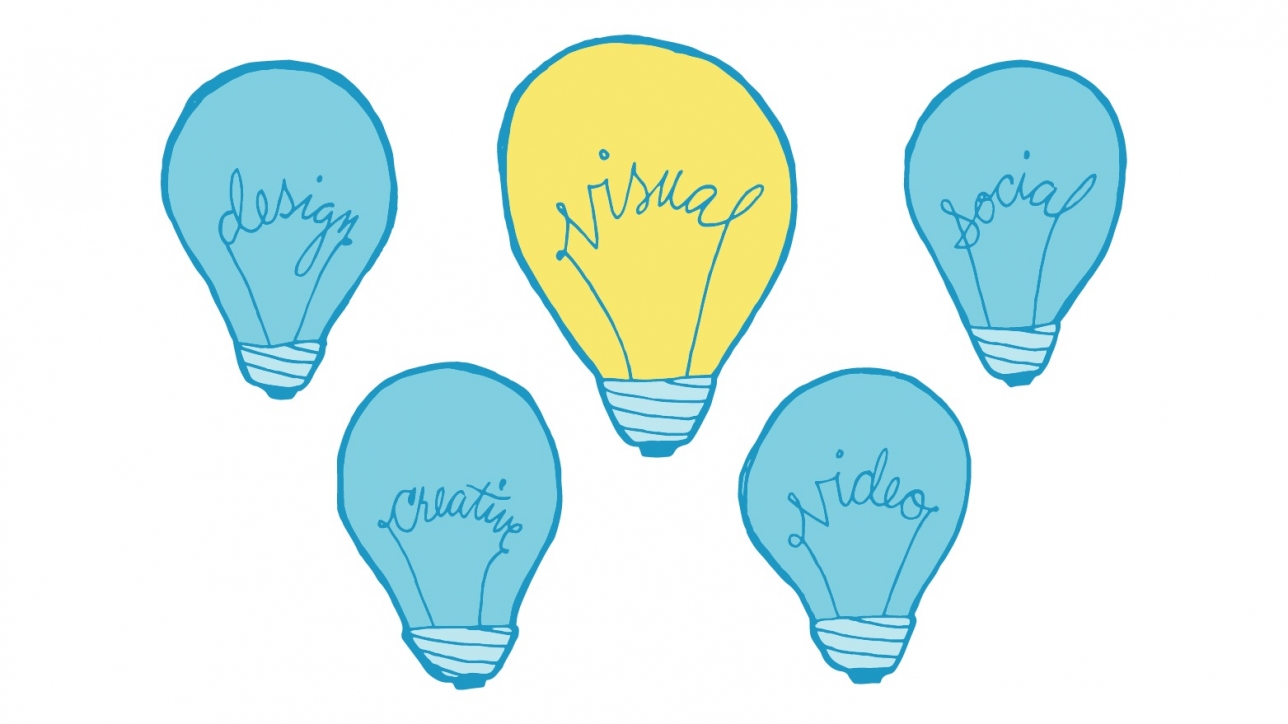As we approach the halfway point of the year, it’s a good time to evaluate your current email marketing strategies. Are you meeting your benchmarks for clicks and conversions? Ready to keep pushing the envelope to stay on top of the trends? If so, check out these five email marketing trends that will help keep your campaigns ahead of the curve.
1. Wearable email.
People are pretty excited about wearable technology. We’ve seen the early adoption of smartwatches taking off, so it’s time to start looking into wearable email design. At the moment, Google/Android UX guidelines for wearables indicate that users will be limited to reviewing their inboxes and either postponing, flagging or deleting emails, based on subject lines and preheader text, which will make this content more important than ever.
Your subscribers will be using their smartwatches as step one in email triage, before moving to their smartphone for replying to short messages and then their laptop for deeper interactions. As a result, we’ll be developing ever-creative approaches to capturing our subscribers’ attention. Redg Snodgrass, cofounder of technology accelerator Wearable World, has dubbed this “glanceable marketing”— relevant, usable information that comes across in less than two seconds.
2. Mobile.
Mobile is a trend that has continued over the past several years. (You’ll note that it was on our list of top email marketing trends in 2014, too.) According to Campaign Monitor, mobile email opens have grown 180% in the past three years. As we noted with wearable tech above, checking email on a mobile device changes the way one behaves with email: where and how they click, and how they triage their email. People who check email on mobile devices tend to use it to get rid of emails they don’t want and to reply to short messages. They go to their desktop or laptop for everything else. As marketers, our job is to hold their attention on a mobile device—with valuable content—and get them to take a second look (with conversions as an end goal) on their desktop or laptop.
3. Location-based marketing.
With the widespread adoption of wearable devices on top of the transition of email opens from desktop to mobile, location-based marketing becomes a major opportunity. With information about the device wearer (or carrier’s) location, proximity to others and even their physical health, you can create hyper-targeted messages with greater relevance—pushing messages to subscribers based on their current or previous locations to deliver great value and convenience for your subscribers. Gone will be the days of lamenting over forgotten coupons—we’ll be alerted to savings opportunities the moment we walk by or walk in a store.
Location-based marketing isn’t limited to B2C businesses either. Using location-based data can be valuable because the more you understand about your prospective clients—who they are, what they do and why—the better you can target your marketing efforts to their needs.
Meanwhile, it’ll be important to keep privacy issues top of mind, ensuring that location services are opt in or opt out.
Trend #3 dovetails nicely with our last two trends, segmentation and automation, since location-based info also lets you automatically segment your email list and then send automated messages for specific locations. Smarter automation can be a valuable tool toward driving brand loyalty and introducing new clients to your products and services.
4. Segmentation.
Segmentation will continue to be an important marketing strategy well into the future. As it’s impossible to be relevant to everyone all the time, start using segmentation to send targeted messages to defined segments within your email list. There are a wide array of segmentation strategies, from the simple to the advanced, so it’s a trend you can start today.
Segmentation also allows you to personalize content. When you know whom you’re sending a message to, it becomes a lot easier to craft a compelling messages that’s useful and relevant. Plus, according to a recent Econsultancy report, 74% of marketers say that targeted personalization increases customer engagement.
Customer behavior is a key marker for segmentation and can be useful in creating customer profiles. You can build customer profiles based on behavioral information you already have, including past purchases, newsletter signups and social media activity. In addition, 76% of consumers are willing to share personal information with a brand if they think it’ll improve their experience, according to the Direct Marketing Association.
Combine segmentation and personalization with our next trend—automation—to help prevent automated content from getting stale.
5. Automation.
Email automation plays a key role in converting leads into customers. It can help you stay fresh on buyers’ minds and plant the seeds of a relationship with your brand. Triggered emails also have the capacity to help you save time and money. Plus, the Lenskold Group, a marketing consulting firm that specializes in return on investment analysis and strategy, reported that 78% of successful marketers say marketing automation is responsible for improving revenue.
When you’re creating drip campaigns, make sure you’re creating great content for your automated emails. Like every email you send your customers, automated emails shape your customers’ experience with your brand.
In addition to these trends, don’t forget to keep your email best practices in place—strategy and campaign planning; tracking and analyzing what worked, what didn’t and what remains unanswered; and managing list and data quality. Plus, trends from the past continue to be important, from video in emails to improving social media integration by adding social sharing options to email messages to increase the range and effectiveness of your campaigns.
What trends do you see on the horizon that you’re taking steps to integrate into your email marketing strategy?
Drop us a line today to find out how Filament can help you get the clicks and conversions you need.


